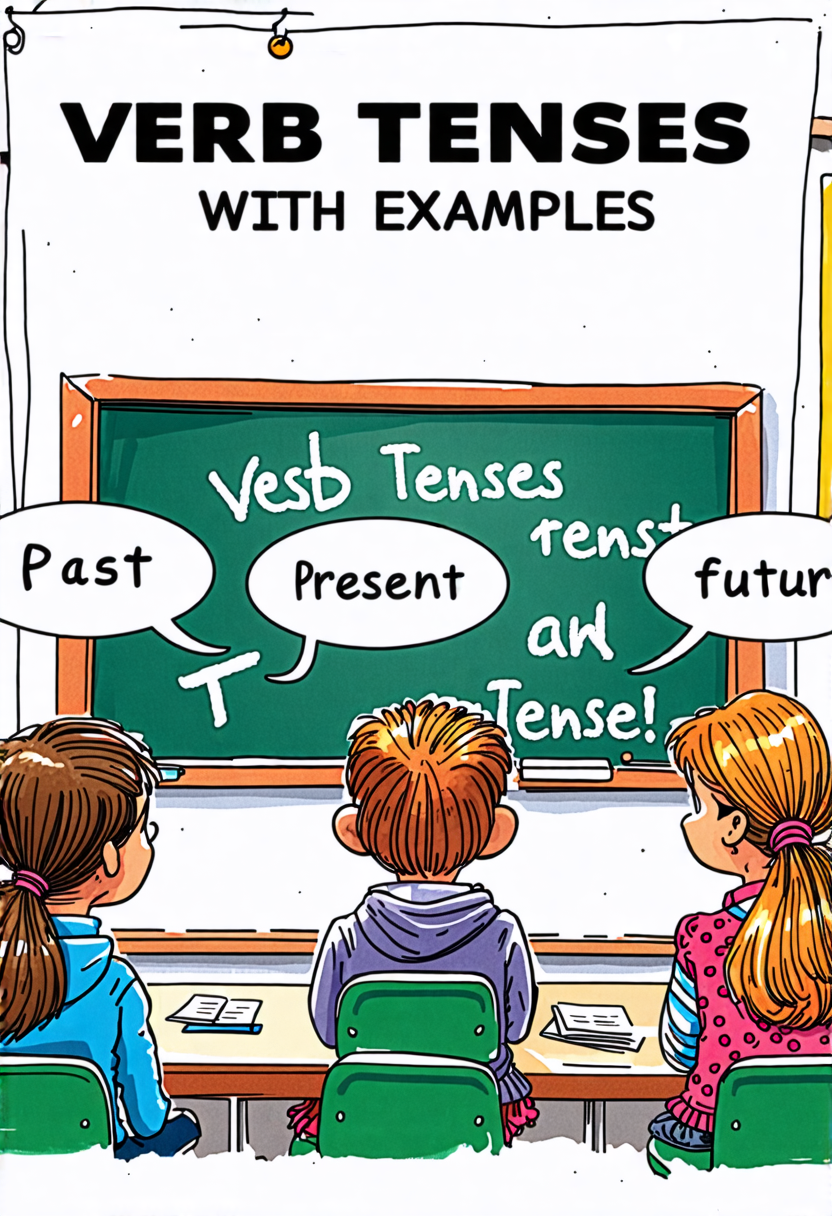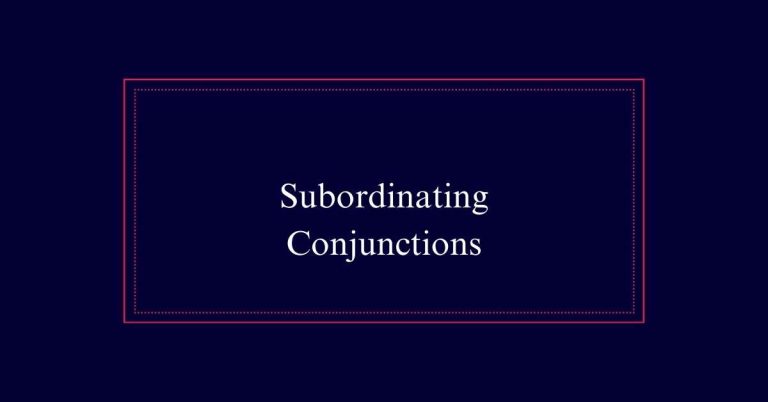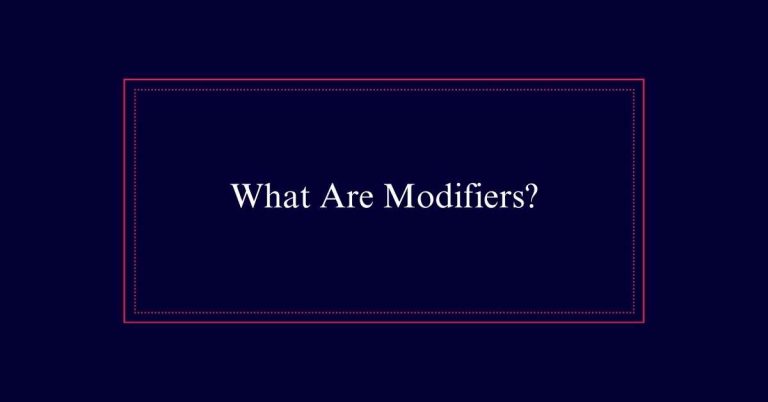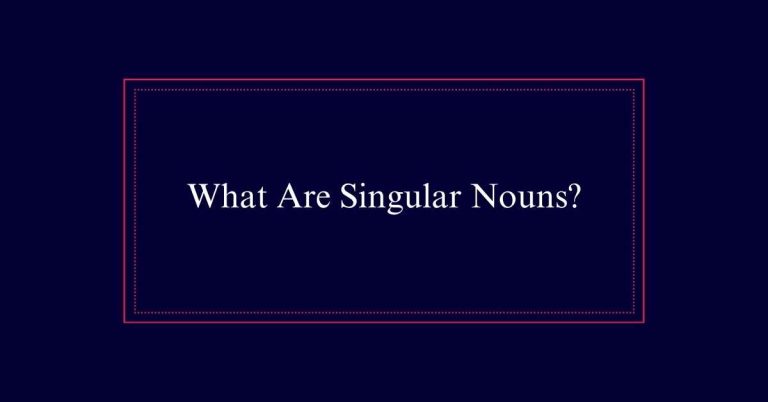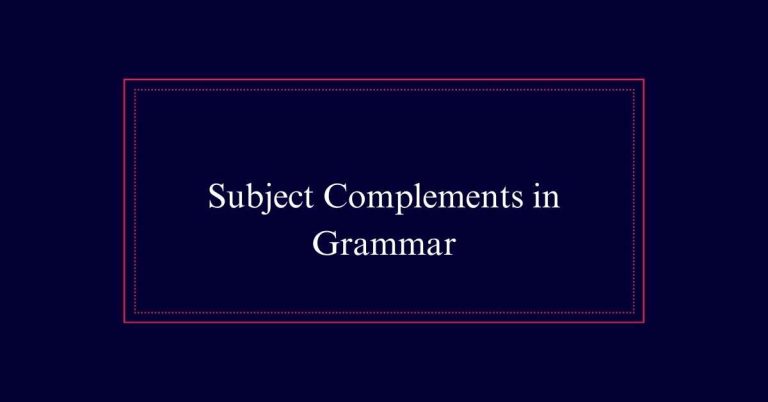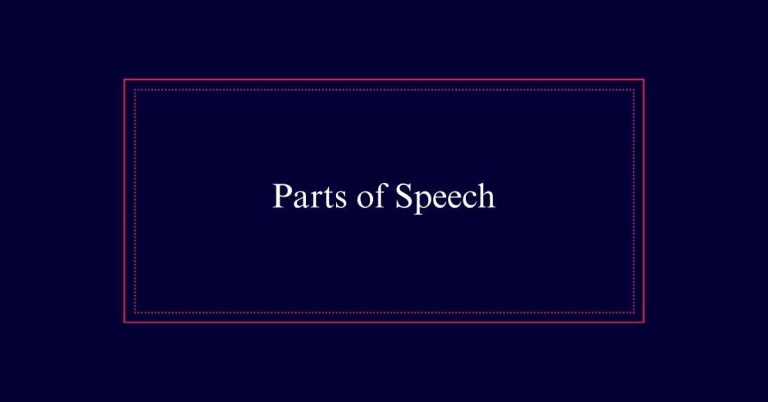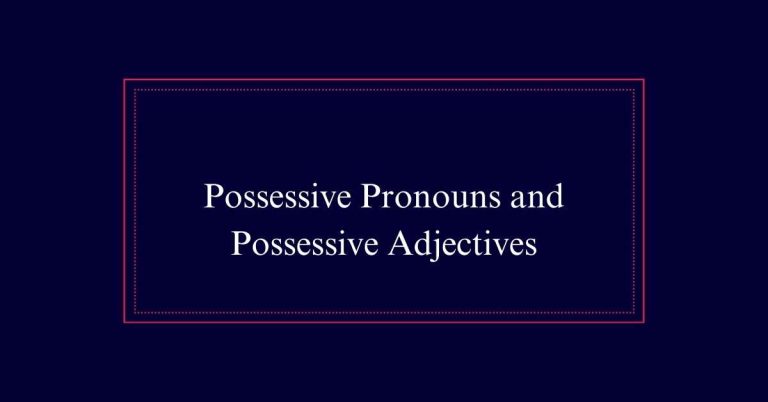Verb Tenses With Examples
Verb tenses clarify the timing and duration of actions. The three main tenses are past, present, and future. Each has four aspects that add detail: simple, continuous, perfect, and perfect continuous. For example, the simple present tense describes habitual actions (e.g., “She walks to school”).
The simple past tense recounts completed actions (e.g., “He studied last night”). The simple future tense discusses forthcoming actions (e.g., “They will travel tomorrow”). The present perfect indicates past actions relevant to now (e.g., “I have finished the report”).
Understanding Verb Tenses
Verb tenses are the grammatical tools we use to indicate when an action takes place and its duration. They help us understand if something happened in the past, is happening now, or will happen in the future.
In English, there are three main verb tenses: past, present, and future. Each of these tenses can be further divided into four aspects: simple, perfect, continuous, and perfect continuous. These aspects add more detail to the timing and nature of an action.
For example, the continuous aspect describes actions that are ongoing. Understanding verb tenses is essential for clear communication, as it helps us convey the exact timing and progression of events.
Simple Present Tense
The simple present tense describes actions that occur regularly or universally. This tense is used to express habits, general truths, and fixed arrangements.
For instance, ‘She reads every morning’ indicates a habitual action. In stating facts, such as ‘The sun rises in the east,’ the simple present tense conveys universally accepted truths.
Forming the simple present tense is straightforward. For most verbs, use the base form: ‘I walk.’ Add an -s or -es for third-person singular subjects: ‘He walks.’
This tense is also used in instructions and directions, like ‘Turn left at the corner.’
Simple Past Tense
After understanding the simple present tense, let’s examine the simple past tense, which describes actions that happened at a specific time in the past. The simple past tense uses the base verb form with an -ed ending for regular verbs or unique forms for irregular verbs. This tense is essential for recounting events and describing completed actions. Below is a table illustrating examples of regular and irregular verbs in the simple past tense:
| Base Form | Simple Past Form |
|---|---|
| walk | walked |
| talk | talked |
| eat | ate |
| go | went |
| write | wrote |
Simple Future Tense
Many actions we plan to do in the future are described using the simple future tense. This tense helps us convey events or actions that have not yet occurred but will happen.
It is formed using the auxiliary verb ‘will’ or ‘shall’ followed by the base form of the main verb. For example, ‘I will go to the store’ or ‘She will finish her homework.’
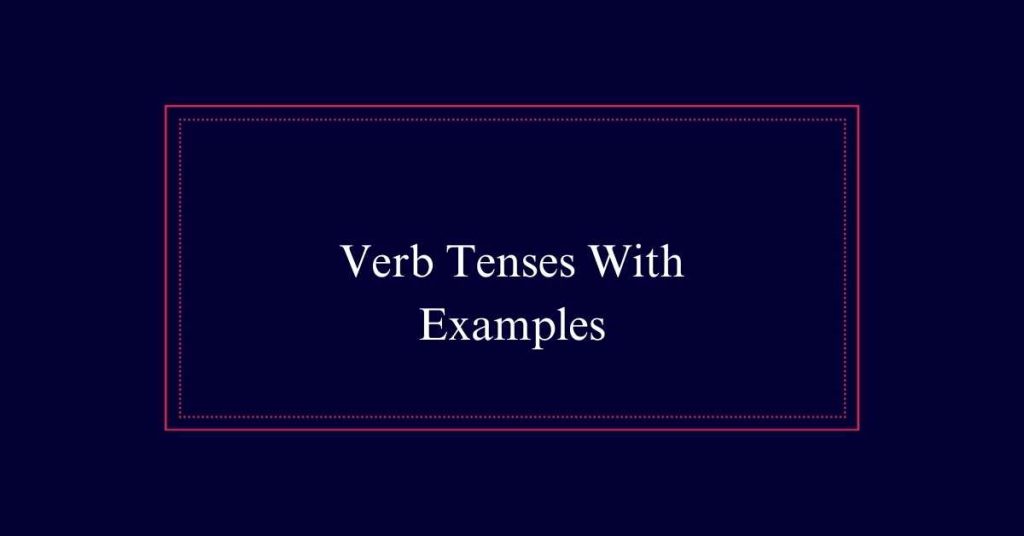
The simple future tense is straightforward and does not indicate any specific time frame. It is commonly used for promises, predictions, and spontaneous decisions.
Present Perfect Tense
Understanding the present perfect tense is essential for discussing actions that have occurred at an unspecified time before now. This tense is formed using ‘has’ or ‘have’ followed by the past participle of the verb.
For example, ‘She has traveled to Europe’ or ‘They have finished their homework.’ The present perfect tense connects past actions to the present, often highlighting their relevance or result.
It is also used to express experiences, such as ‘I have visited Paris.’ It can indicate actions that started in the past and continue to the present, like ‘He has lived here for ten years.’
This tense provides a bridge between past events and their impact on the present.
Present Perfect Continuous Tense
Past Perfect Tense
Building on our understanding of the present perfect tense, the past perfect tense indicates that an action was completed before another action in the past. This tense uses ‘had’ followed by the past participle of the main verb.
For example, ‘She had finished her homework before dinner.’ Here, the completion of homework happened before the act of having dinner. The past perfect tense is useful when showing the sequence of past events. It provides clarity, ensuring the reader knows which action occurred first.
Another example is, ‘They had left by the time we arrived.’ This sentence indicates the departure took place before the arrival. Understanding the past perfect tense helps improve narrative precision in past events.
Future Perfect Tense
The future perfect tense indicates that an action will have been completed before a specific point in the future. It is formed using ‘will have’ followed by the past participle of the verb. This tense is useful for highlighting the completion of an action relative to another future event.
- Structure: ‘will have’ + past participle (e.g., ‘will have finished’).
- Usage: To show an action completed before another future event (e.g., ‘By 2025, I will have graduated.’).
- Time Expressions: Often used with expressions like ‘by’ or ‘before’ (e.g., ‘before you arrive’).
- Clarity: Helps specify the timing of future actions.
- Examples: ‘They will have left by the time you get there.’
Present Continuous Tense
The present continuous tense describes actions currently happening or ongoing at the moment of speaking. This tense is formed using the present tense of the verb ‘to be’ (am, is, are) followed by the base verb with an -ing ending.
For example, ‘I am reading a book’ or ‘They are playing soccer.’ It highlights activities in progress or temporary situations. It can also indicate future plans when used with a time expression, such as ‘We are meeting tomorrow.’
Note that it is different from the simple present tense, which describes habitual actions or general truths, while the present continuous emphasizes ongoing activity. This tense is essential for conveying immediacy and dynamism in communication.
Past Continuous Tense
When describing actions that were ongoing at a specific moment in the past, we use the past continuous tense. This tense is formed using the past tense of the verb ‘to be’ (was/were) followed by the present participle (verb + -ing).
It provides context for actions that were happening over a period.
- Formation: ‘was/were’ + present participle.
- Example: ‘She was reading when I called.’
- Usage: Describes simultaneous actions in the past.
- Indicates: An interrupted past action.
- Question Form: ‘Was he working when you arrived?’
Future Continuous Tense
Understanding the future continuous tense helps describe actions that will be ongoing at a specific time in the future. This tense is formed using ‘will be’ followed by the present participle (verb ending in -ing).
For example, ‘I will be studying at 8 PM’ indicates that the action of studying will be in progress at that future time. This tense is useful for setting a scene or discussing events that will overlap with a particular moment.
Another example is, ‘They will be traveling next week.’ This shows that their travel will be happening during that period.
Future Perfect Continuous Tense
